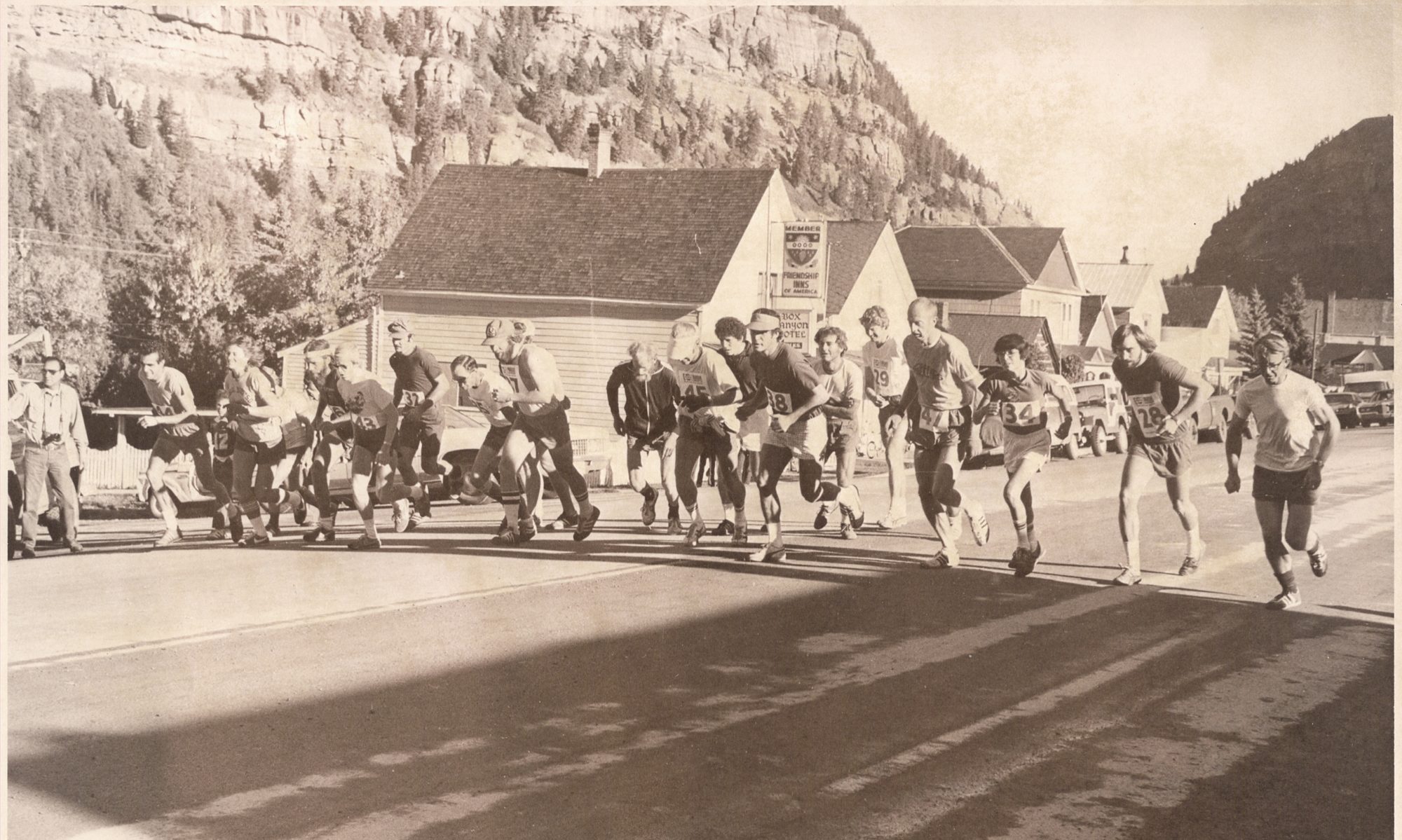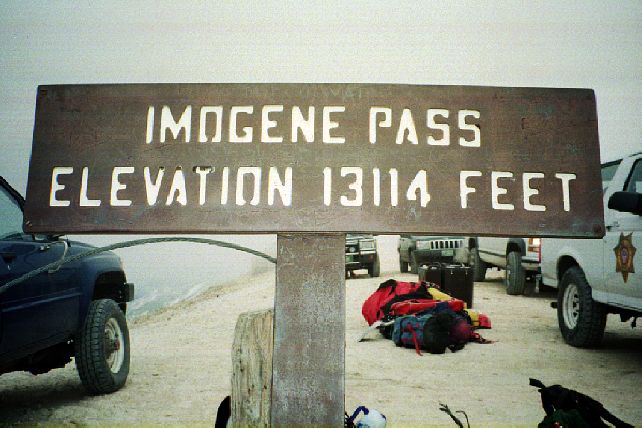Training guide courtesy of Marc Witkes
The Imogene Pass Run is a great event, if you are well-prepared. I have five Imogene Pass finishes since 1992 with times ranging from 3:05 to 4:30. I have also run 25 marathons and 25 ultras including Double and Triple Ironmen and Sri Chinmoy 700-mile run.
IPR, for most people, is more of an endurance event than a race. Only the top finishers run the entire course. Most participants use a combination of power hiking and running to reach the summit and then run the downhill sections. Since your training should follow closely to your racing, a combination of several things should be used in preparation.
First, if you are a marathon runner, you can expect your IPR time to approximate your marathon time. If you are an exceptionally strong uphill or downhill runner, you may be able to run a faster time at IPR than you can at a marathon.
IPR training is not much different from marathon training but there are a few special considerations. Get used to training on long uphill sections. It doesn’t matter if you run or power hike but do understand that most people will be climbing at IPR from 1 1/2 to 4 hours.
If you can train in high-altitude conditions, this will always help. Everybody reacts to altitude differently but training at higher altitudes will always minimize possible negative effects.
Plan on drinking lots of water during the run and get used to eating during running as well. There are adequate water and food stops along the run but do consider carrying your own water bottle and snacks if you are prone to dehydration or low energy levels. Make sure food is easily digestible.
One progressively longer run each week during the 6 months prior to Imogene will help considerably. Start at you current longest run and add 1 or 2 miles each week until two or three weeks before when you should reach a maximum of 20 or 22 miles.
One speedwork session per week of repeated halves, three-quarters or miles will help you in running each mile slightly faster than you could without speedwork. Hill repeats can be substituted for track intervals. Pick out a steep hill section and run various repeats. Run hard uphill and jog easily downhill.
For beginners, first-time participants and those just wanting to finish Imogene, 25 – 35 miles per week should suffice. For those interested in running faster, more competitive times, weekly training mileage should be between 50 and 75 miles.
Besides long one log run and one speedwork session each week, do two or three runs of between 4 and 8 miles. Do take at least one rest day or cross-training session per week. This will help that you get to the start line injury-free.
Signing up for the race is 25% of the effort, training adequately is 25%, getting to the start line healthy is 25% and the race itself is another 25% of the effort.
Take several long hikes with a backpack, if you want to. This will build strength and endurance.
Bicycling makes great cross-training for a run like Imogene. It prevents injuries, maintains necessary balance between quadriceps and hamstring muscles and also builds muscled required for long, sustained climbs. Cross-country skiing in the winter is also good base training.
Practice running downhill. Stay loose and run a little lower to the ground. Swing your arms for balance. Get used to rocky conditions. Be careful not to use your legs as breaks every time you stride downhill. There are several treacherous sections at Imogene. Be comfortable with your own pace. If you get passed by a few mountain goats on the downhill sections, this is OK. At least you didn’t trip and fall like the person who just passed you!
I am not a big believer in weight training but if this is something that you enjoy, do several sets per week of leg extensions, hamstring curls and calf raises. This will build muscle for withstanding the long uphill and downhill.
Eat a healthy meal the night before the run along with a good protein source. Skip the coffee in the morning; this dehydrates you and will force you to urinate early in the race. Instead, drink water or juice and eat something easily digestible in the morning. A bagel and peanut butter is great.
Most important, have fun at Imogene. Set a reasonable goal and if you don’t make it, you’ll have something to shoot fop next year.
Good luck.
Marc Witkes
Durango Motorless Transit Running Club Past President


